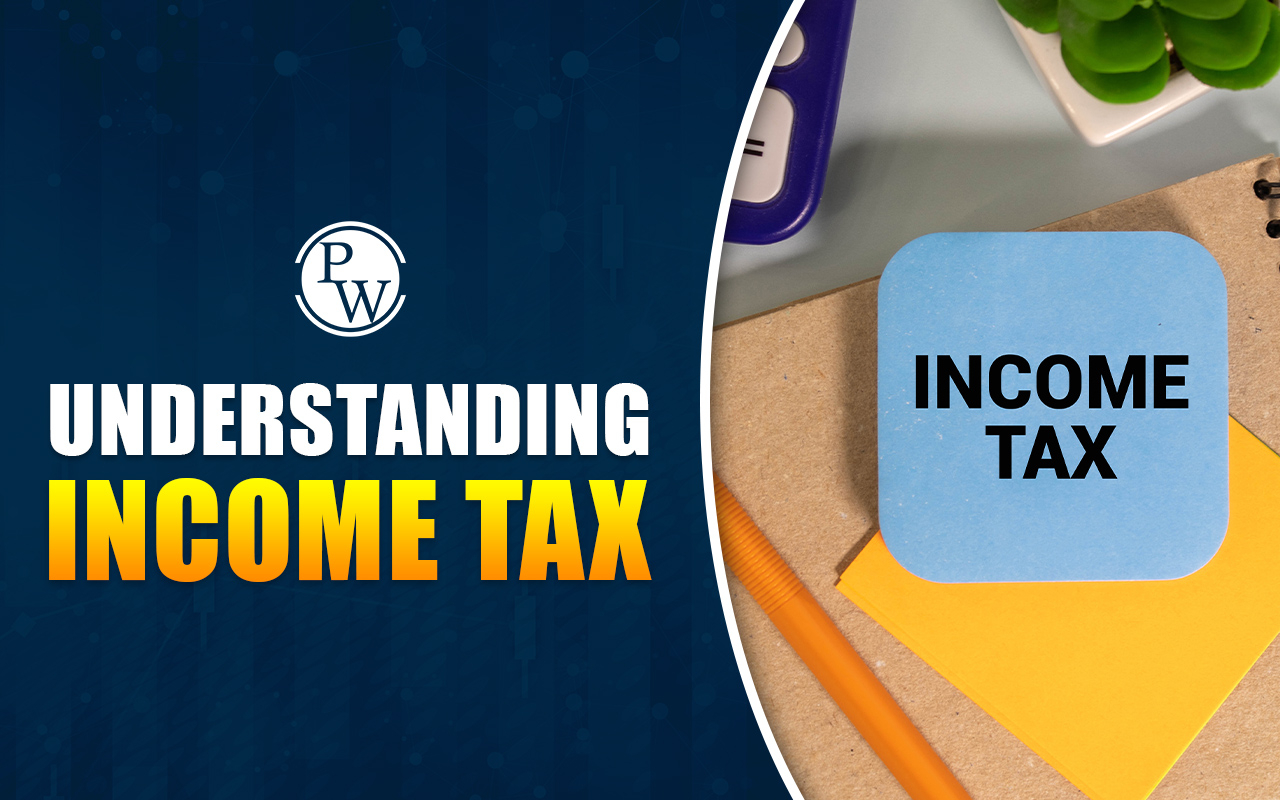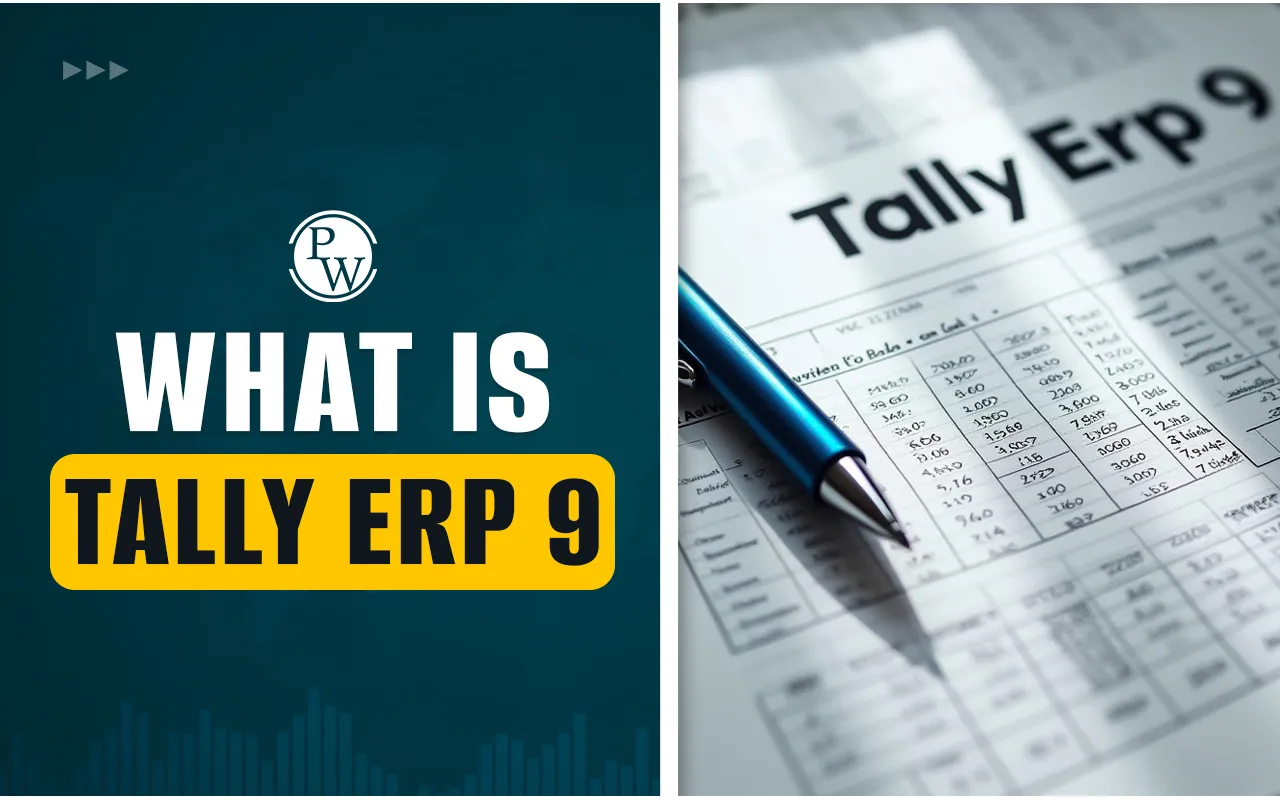Deficiency Agreement is a critical tool used in the world of finance and project management to ensure smooth operational continuity during periods of financial distress. Whether it is working capital, cash flow constraints, or revenue shortfalls, this agreement provides a cushion that allows businesses to meet debt obligations and maintain credibility with lenders. The structure of such an agreement varies depending on the nature of the business and its relationship with the sponsor, but its underlying goal remains the same to fill financial gaps temporarily and allow the business to stay afloat.
What Is a Deficiency Agreement?
Deficiency Agreement is a legal arrangement in which a third party, often a sponsor or stakeholder, agrees to provide additional funds to a business facing temporary financial shortfalls. These shortfalls may arise from low cash flows, underperformance in revenues, or unanticipated costs. The sponsor commits to funding up to a specified cumulative limit to help the business service its existing debt and operating expenses. This support allows the firm to avoid default and continue its operations while it recovers.
Typically, this agreement is temporary and conditional. The sponsor or funding party may have a vested interest in the company’s success, such as ownership, strategic partnerships, or long-term business goals. As such, the Deficiency Agreement serves not just as financial support, but also as a strategic investment in continuity.
How a Deficiency Agreement Works
A Deficiency Agreement works by establishing a pre-agreed framework in which the funding party provides a safety net to the business. This net comes into play only when the business's cash flow drops below a predetermined threshold, making it difficult to cover operational or debt servicing costs.
For example, in project finance, especially in large-scale construction or infrastructure projects, a cash deficiency agreement is often essential. These projects can have uneven revenue timelines and are capital-intensive. If cash inflows are delayed due to construction phases or delayed approvals, the deficiency agreement ensures that essential obligations like loan repayments, worker salaries, and vendor payments are met. This prevents the project from being stalled due to financial bottlenecks.
One of the most notable features of a Deficiency Agreement is its specified funding cap. The agreement will include a clause outlining the maximum amount the sponsor is willing to contribute during the deficiency period. This ensures that the sponsor’s exposure is limited while still providing vital support to the company.
Also Check: Financial Modeling Techniques and Applications
Applications of Deficiency Agreements
Deficiency agreements are particularly useful in industries prone to high volatility and cyclic demand. Some key areas where Deficiency Agreements are commonly used include:
1. Project Finance: These agreements are frequently used in large-scale construction or infrastructure projects where revenue generation starts only after a considerable gestation period. The deficiency agreement ensures that fixed costs and interest payments are managed until the project reaches a break-even stage.
2. Oil and Gas Industry: In this sector, a throughput contract may be combined with a deficiency agreement to facilitate indirect financing. These contracts ensure a guaranteed volume of product movement, providing a steady revenue stream that can be used to repay loans.
3. Real Estate Development: Real estate projects often involve high initial investment and delayed revenue realization. A Deficiency Agreement helps in bridging the gap during construction phases or market slowdowns.
4. Start-ups and High-Growth Ventures: Many start-ups rely on external funding to support rapid expansion. Deficiency agreements can be part of the investor agreements to ensure business sustainability in case of cash flow mismatches.
Benefits of a Deficiency Agreement
Below, we've mentioned few benefits of deficiency agreement:
Ensures Business Continuity: One of the most important benefits is that it helps avoid default during temporary periods of financial distress.
Maintains Creditworthiness: By meeting debt obligations on time, businesses can preserve their credit rating and build trust with lenders.
Supports Project Completion: In large projects, even a temporary cash crunch can lead to delays or abandonment. A Deficiency Agreement ensures uninterrupted project progress.
Vested Interest Protection: Since sponsors often have a strategic interest in the business, this agreement allows them to protect their investments indirectly.
Also Check: 3-Statement Model
Limitations of a Deficiency Agreement
Despite its advantages, a Deficiency Agreement comes with limitations:
Limited Financial Commitment: Since the funding is capped, it may not cover prolonged financial challenges.
Dependence on External Support: Relying on a sponsor can lead to lack of internal financial discipline.
Legal Complexities: The agreement must be carefully drafted to define the terms of funding, repayment (if any), and exit clauses.
Strategic Considerations Before Entering a Deficiency Agreement
Before entering into a Deficiency Agreement, companies should consider:
The sponsor's financial capacity: The sponsor must be able to fulfill the agreement without compromising their financial stability.
Clarity in terms: The scope, duration, and conditions must be clearly defined.
Impact on stakeholders: Transparent communication with shareholders and lenders is essential to avoid mistrust.
Exit strategy: Companies must have a clear plan for operating once the agreement period ends.
Deficiency Agreement is a valuable financial arrangement that can safeguard a business from default during tough economic times. It provides a buffer against cash flow shortages and helps companies maintain operational stability. While it is not a permanent solution, it can offer critical support during pivotal moments of growth, expansion, or crisis recovery. Businesses across various sectors, such as infrastructure, oil and gas, and real estate, often incorporate this strategy into their financial planning.
Whether you are a project manager, an investor, or a corporate strategist, understanding the mechanism and implications of a Deficiency Agreement is crucial for ensuring financial resilience and long-term sustainability.
Step into the World of Professional Finance with PFCP – PRO
Gain a strong foundation in accounting, taxation, and financial management through PW Professional Finance Certification Program course. This two-month hybrid certification program blends weekday live sessions with recorded lectures, offering practical case studies curated under the mentorship of PwC India. Whether you're a recent graduate or a working professional, this course helps you develop job-ready skills to confidently step into the finance domain.
Join PFCP – PRO and move closer to a future in finance that’s driven by knowledge, skills, and industry relevance.
Deficiency Agreement FAQs
What is a Deficiency Agreement used for?
Who provides the funds in a Deficiency Agreement?
Is a Deficiency Agreement a loan?
Can start-ups use Deficiency Agreements?
Is there a legal framework for Deficiency Agreements?










